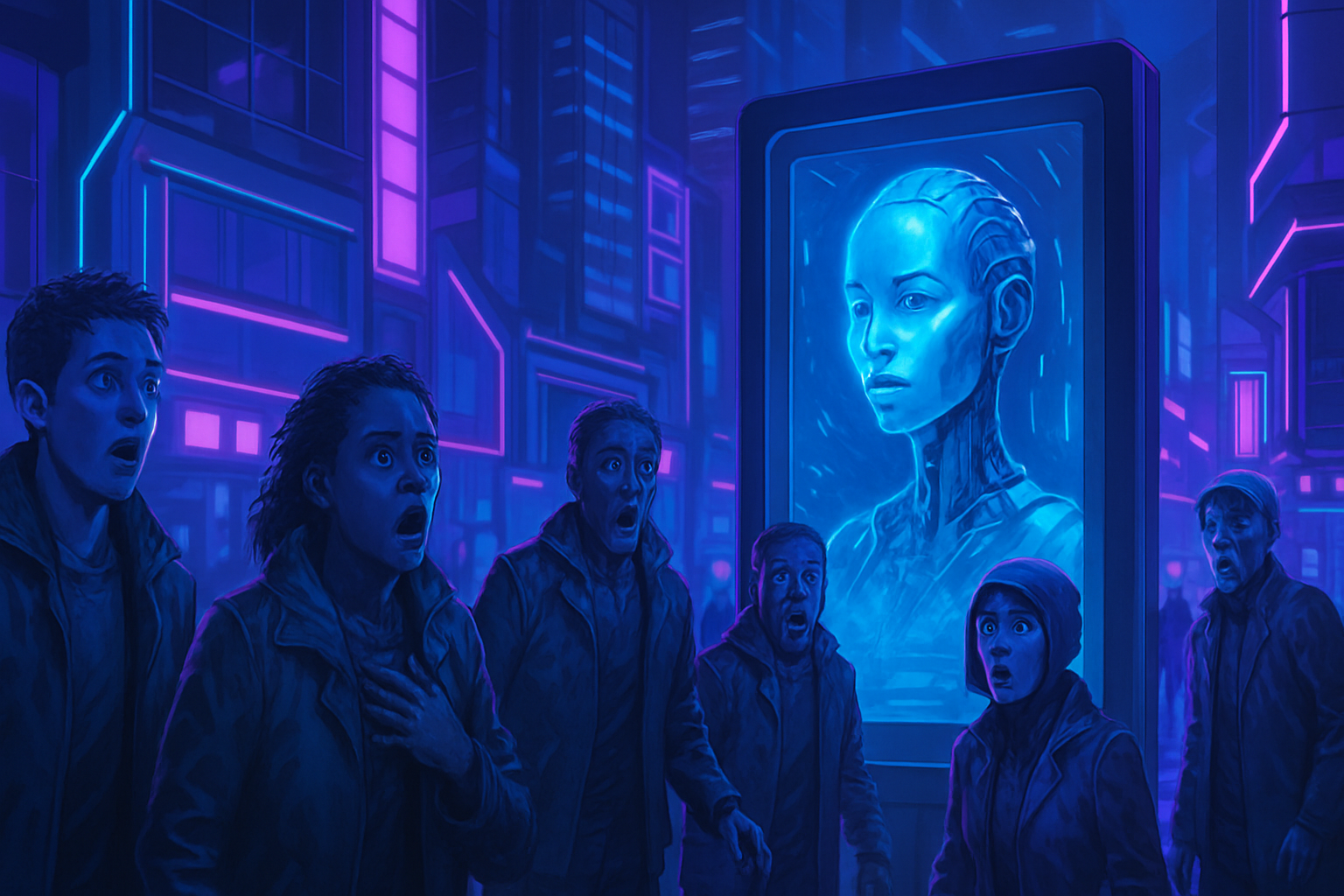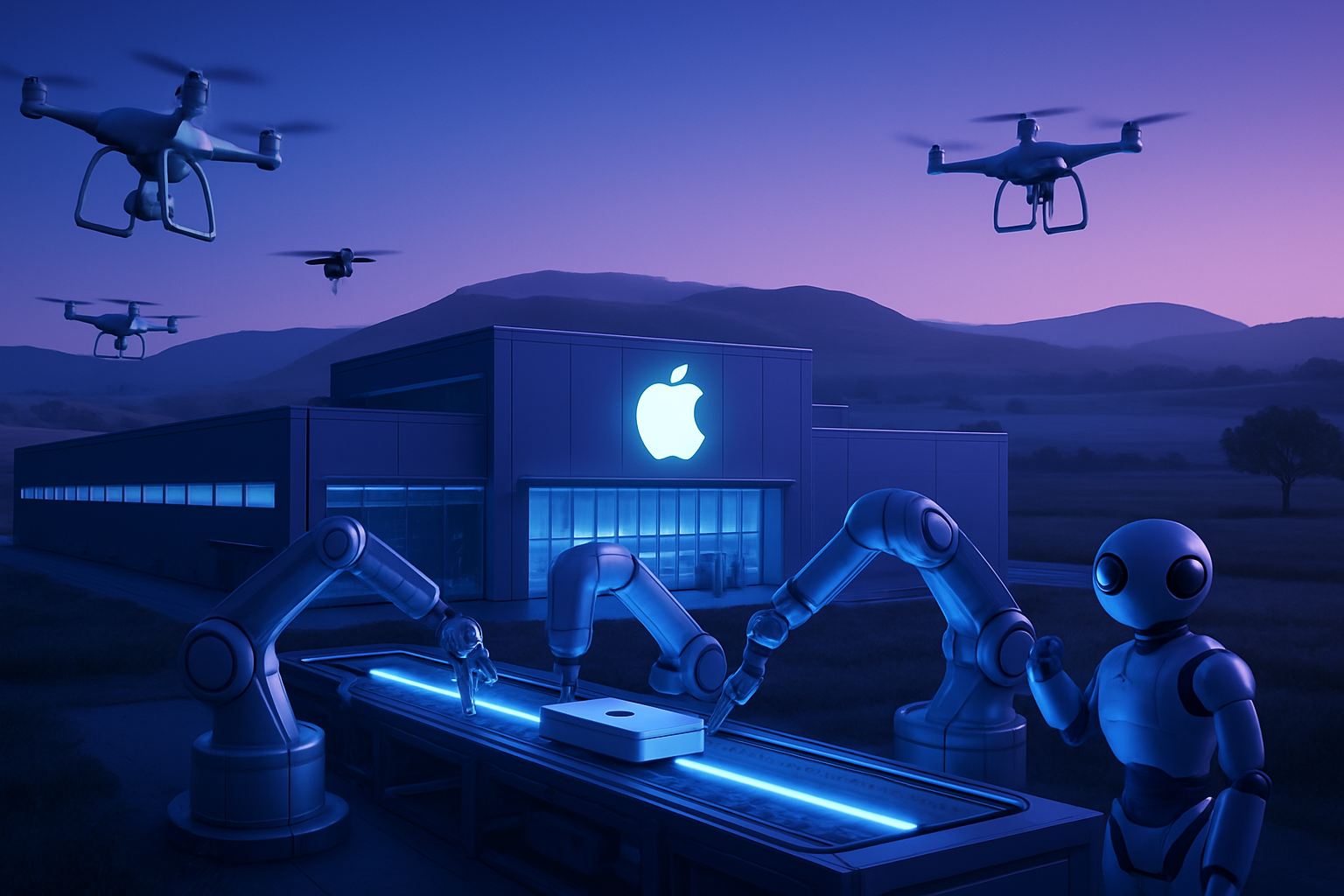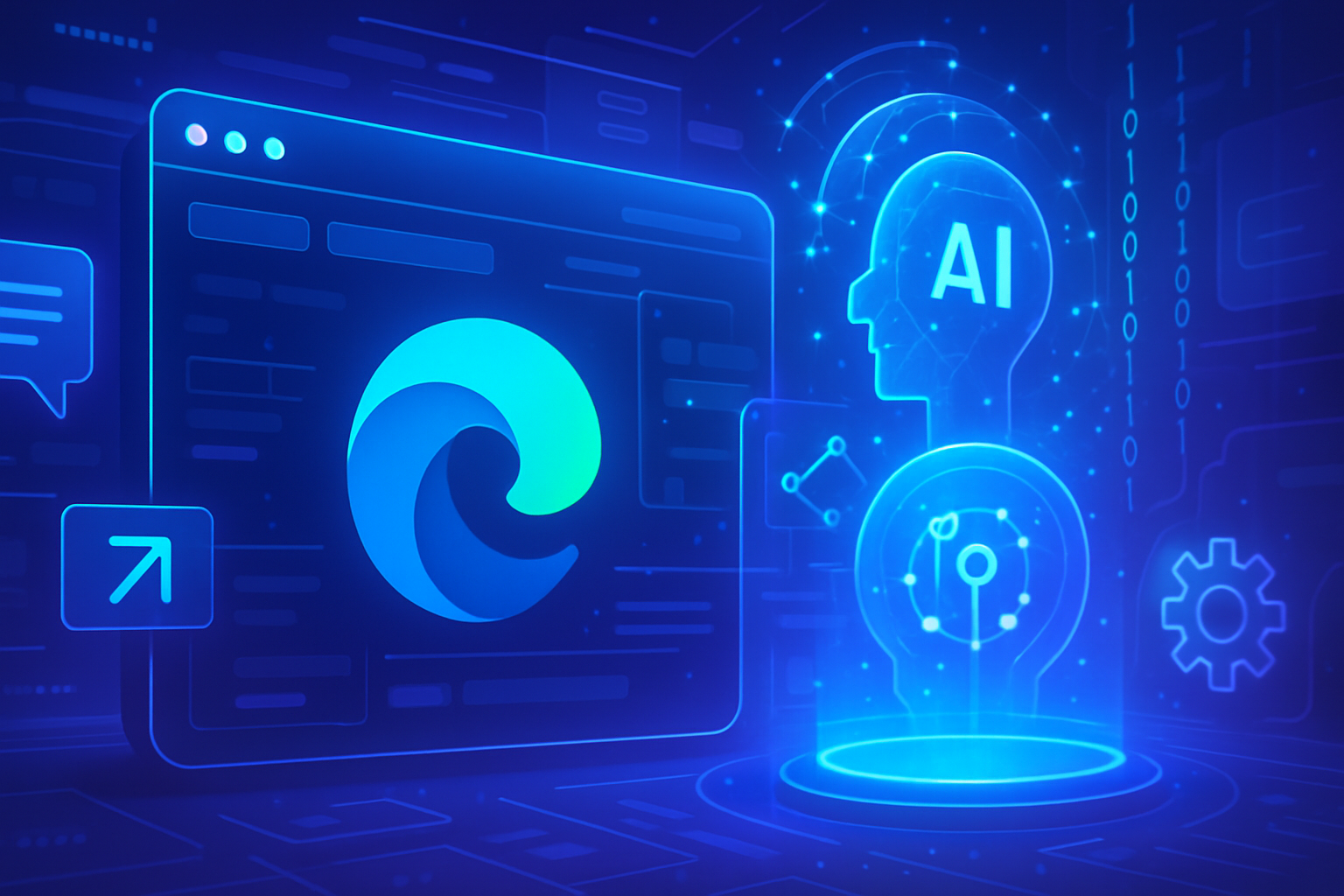Technical innovation often determines the future of sustainable energy. Microsoft’s analog optical computer stands as a potential relay in the quest for energy efficiency. Its potential to transform artificial intelligence and optimization tasks could restore balance in the rapidly expanding energy landscape. With an innovative architecture, this ambitious device could surpass the capabilities of *current GPUs*, promising a groundbreaking energy revolution. The stakes force a reconsideration of established paradigms in the technology sector. These advancements provide exciting prospects for increased sustainability in the digital realm.
Microsoft’s Analog Optical Computer
Microsoft, in collaboration with the University of Cambridge, has developed a promising prototype of an analog optical computer (AOC). This innovation aims to optimize the energy efficiency of artificial intelligence (AI) applications and combinatorial optimization tasks. The model, presented in a study published in the journal Nature, proposes a new approach to processing data with reduced energy consumption.
Energy Challenges in Digital Computing
The exponential growth of AI applications and digital technologies places a heavy burden on global electrical networks, causing rising costs and an increased ecological footprint. The energy and latency demands of digital systems continue their ascent, raising pertinent sustainability questions.
Innovation in Efficiency
The AOC prototype combines analog electronics, microLEDs, and spatial light modulators to enhance inference and optimization processes on a single platform. By avoiding digital conversions, this system minimizes energy consumption while increasing performance. Its durability is accentuated by rapid fixed research and noise robustness, heralding a potentially superior energy efficiency of 100% compared to conventional GPUs.
Concrete Applications of the AOC
To test the viability of the AOC, a digital version of the hardware was designed. Called a “digital twin,” this software application allows for model training and large-scale simulations. Case studies, including image classification, non-linear regression, and MRI image reconstruction, have been conducted with promising results. For instance, the MRI image reconstruction demonstrated the ability to reduce imaging time from 30 minutes to just 5 minutes.
Comparisons with Hardware
The results revealed over a 99% match between the digital twin and the physical hardware during inference tasks. This cross-validation, along with the evaluation of large-scale problems, strengthens confidence in the AOC’s performance as it evolves. The study’s authors emphasize that aligning hardware with AI and optimization algorithms fosters a dynamic of future innovation.
Challenges and Future Perspectives
The practical application of the AOC still requires improvements. The current hardware operates at a small scale and needs advancements in scalability. Currently, it manages 256 weights for inference, but its potential extends to 4,096 weights with 64 variables for optimization. Researchers believe this evolution is technically feasible due to the continued miniaturization of components.
Impacts on the Technology Sector
The development of the AOC could transform the technological landscape, influencing various sectors by providing more efficient energy solutions. Areas such as finance, healthcare, and advanced analytics could benefit significantly. Research on this type of computer could also lay new foundations for innovations in quantum computing.
To observe innovations beyond the AOC, advancements such as those in computational chemistry techniques for predicting molecules are already underway, as evidenced by this article on actu.ai. Other developments driven by tech giants, such as Quandela’s quantum computer, are also notable and synergize with this technological revolution.
References and Resources
The new collaborations and advancements in AI herald a future where resource optimization becomes a reality. Among the explorations in this area, initiatives related to AI for detecting false receipts, discussed in actu.ai, demonstrate practical applications to contemporary challenges.
To learn more about sustainability in technology, the content regarding criticisms made against Meta for the use of pirated data in AI development is particularly revealing, accessible at actu.ai.
Finally, the global stage of technological innovations was marked by revelations at CES 2025 concerning the 25 best inventions, which can be reexamined at actu.ai.
Frequently Asked Questions
What is an analog optical computer (AOC) and how does it work?
The analog optical computer is a computing technology that uses optical principles to perform matrix-vector multiplication operations. It combines analog electronics, microLEDs, spatial light modulators, and photodetector arrays to process artificial intelligence and combinatorial optimization tasks more efficiently.
How can Microsoft’s AOC improve energy efficiency compared to traditional digital computing technologies?
The AOC avoids digital conversions that waste energy, allowing for energy consumption that is up to 100 times more efficient than traditional GPUs. This helps reduce energy demand and improve the sustainability of artificial intelligence applications.
What types of tasks can benefit from the use of the AOC?
The AOC is designed to excel in various tasks, including image classification, non-linear regression, MRI image reconstruction, and solving complex optimization cases, providing significant efficiency gains in these areas.
What is the impact of the “digital twin” on the development of the AOC?
The “digital twin” allows simulating and training models without needing a complete physical hardware setup. This helps evaluate the performance of the AOC on large-scale problems, ensuring reliable results before the actual deployment of the technology.
What challenges remain to ensure the practical implementation of the AOC in industries?
Despite its potential, the AOC will require improvements in hardware scalability. Researchers must work to increase the number of weights and parameters to reach millions, or even billions, to ensure that the technology can handle real industrial applications.
When can we expect to see concrete applications of the AOC in the field of artificial intelligence?
Although the AOC shows promising results, its actual application in industrial sectors still requires further adjustments and testing. Therefore, it is difficult to determine a precise timeline for its implementation.
How could the AOC influence the future of AI development?
The AOC, through its co-design approach aligning hardware with machine learning algorithms, could pave the way for future innovations in both hardware and algorithms, which is crucial for the sustainable future of computing.






